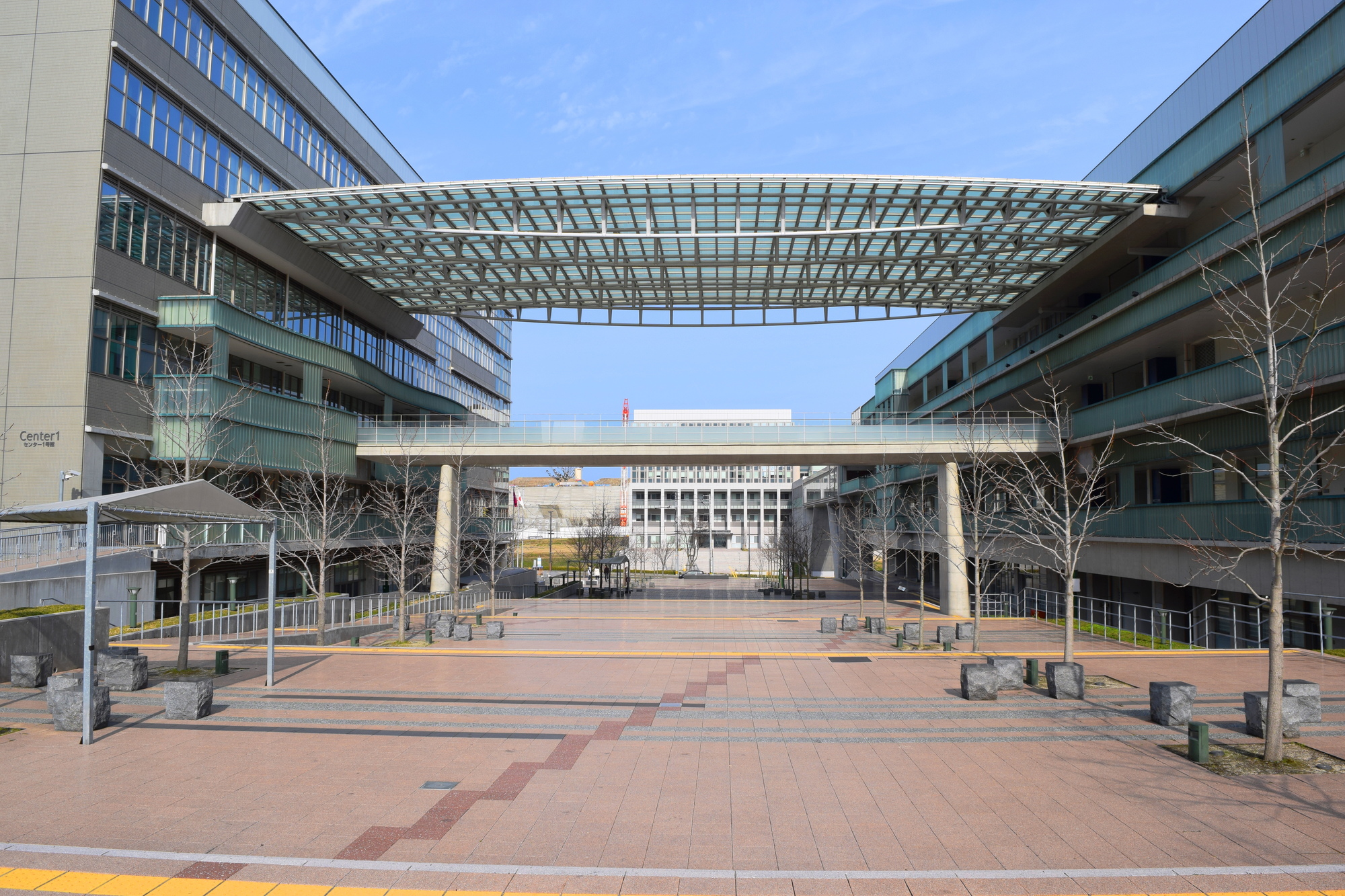In collaboration with Professor Shingo Iwami of Kyushu University, Professor Yoshio Koyanagi of Kyoto University, and Professor Kazuyuki Aihara of the University of Tokyo, we have developed a method for quantifying the mode of HIV transmission.It may lead to a radical cure for AIDS that has not yet been cured.
The research group aimed to quantify the contribution of cell-free and cell-to-cell to the spread of HIV-1 infection.A notable technique is to create an environment where cell-to-cell infection does not occur by culturing cells while shaking the flask.By mathematically analyzing the data obtained in this way and the data obtained from normal culture, we succeeded in quantifying the contribution of cell-free and cell-to-cell.According to this, cell-to-cell infection accounts for 60% of cell-to-cell infections, accelerating the rate of spread of infection in the body by 3.9 times.It shows the importance of cell-to-cell infection in future AIDS research.
Previous drug treatments may not have been able to control cell-to-cell infections, which may force a shift in treatment strategy.The research group will continue to aim to elucidate the whole picture of cell-to-cell infection.It can be expected to lead to the development of new drugs aimed at eradicating AIDS.



